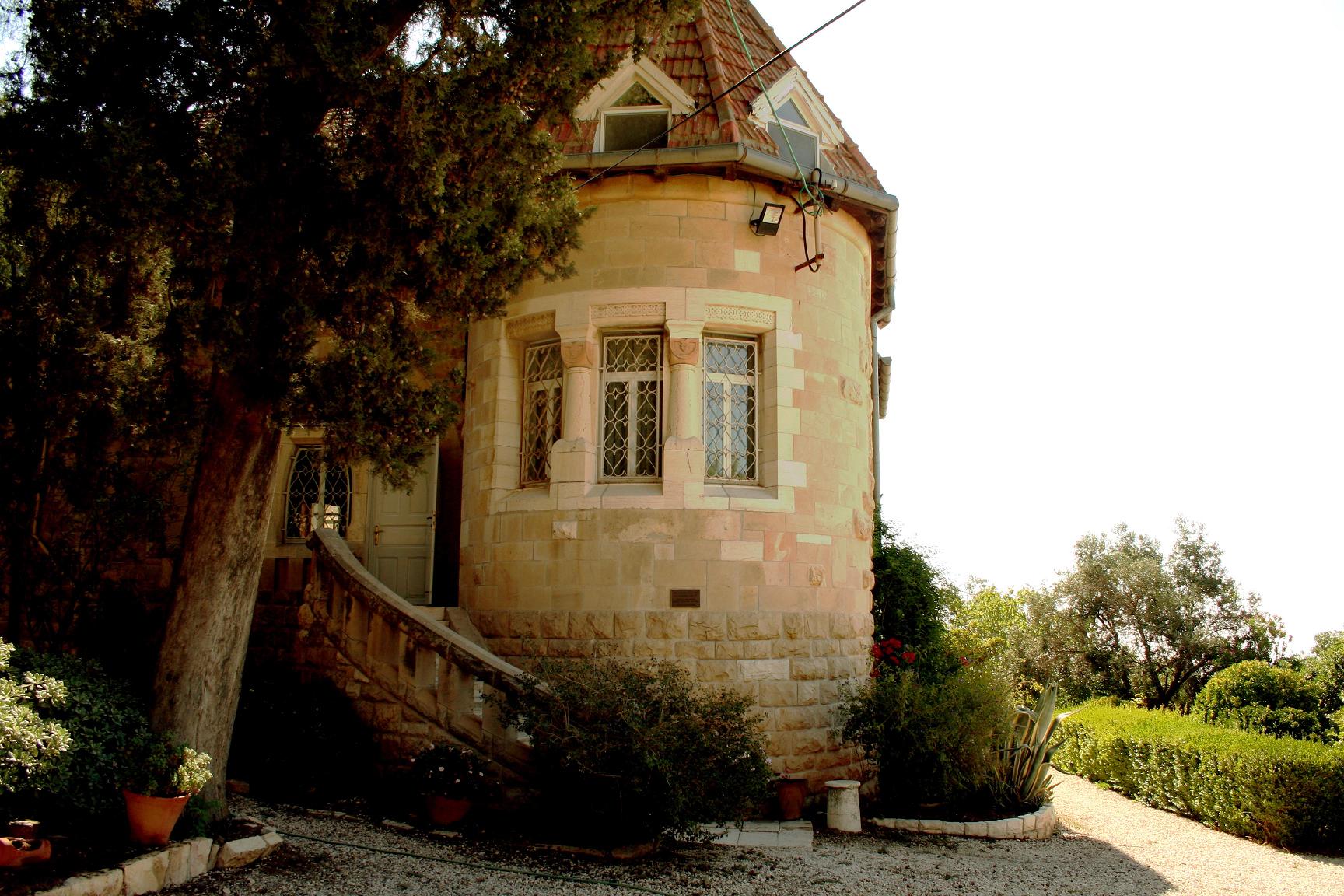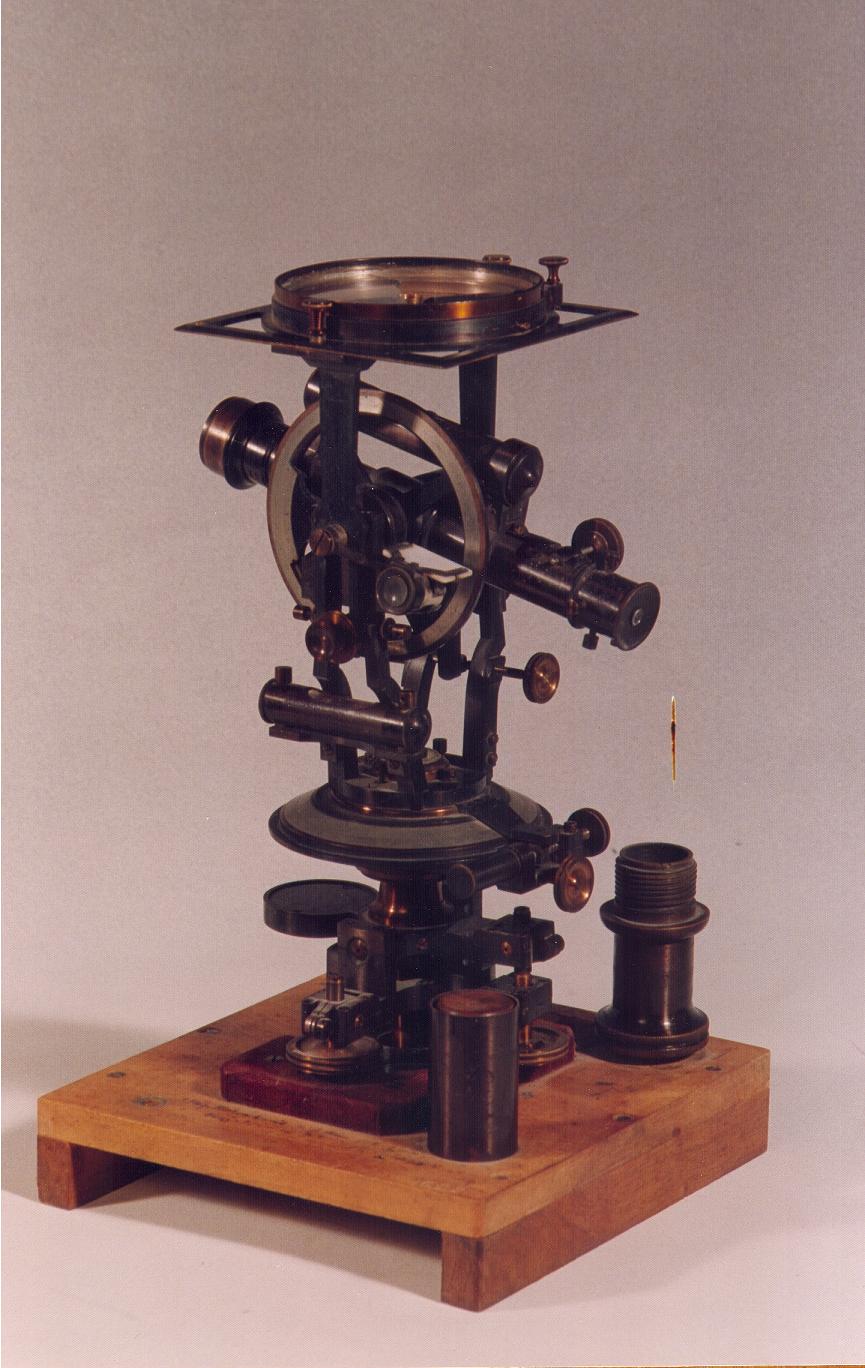German Protestant Institute Of Archaeology on:
[Wikipedia]
[Google]
[Amazon]





 The German Protestant Institute of Archaeology (GPIA), Research Unit of the German Archaeological Institute, founded in 1900, is a leading biblical archaeological institute in Jerusalem. Its
The German Protestant Institute of Archaeology (GPIA), Research Unit of the German Archaeological Institute, founded in 1900, is a leading biblical archaeological institute in Jerusalem. Its
Institute Homepage
Facebook
Tall Zira'a and Gadara Region Project
Page of the children's book ''The Mystery of the Tall''
{{authority control Archaeology of Jordan Buildings and structures in Jerusalem Archaeology of the Near East Research institutes in Jordan Research institutes in Israel Archaeological research institutes





 The German Protestant Institute of Archaeology (GPIA), Research Unit of the German Archaeological Institute, founded in 1900, is a leading biblical archaeological institute in Jerusalem. Its
The German Protestant Institute of Archaeology (GPIA), Research Unit of the German Archaeological Institute, founded in 1900, is a leading biblical archaeological institute in Jerusalem. Its German
German(s) may refer to:
* Germany, the country of the Germans and German things
**Germania (Roman era)
* Germans, citizens of Germany, people of German ancestry, or native speakers of the German language
** For citizenship in Germany, see also Ge ...
name is ' (DEI) which translates literally to ''the German Protestant Institute for Classical and Ancient Studies in the Holy Land''.Kenkel, Frauke & Vieweger, Dieter. (2014). The German Protestant Institute for Classical and Ancient Studies in the Holy Land (DEI) at the same time Research Centre of the German Archaeological Institute (DAI) in 2013. Zeitschrift des Deutschen Palastina-Vereins. 130. 114-+.
Institutes
The German Protestant Institute of Archaeology, Research Unit of the German Archaeological Institute has branches inJerusalem
Jerusalem is a city in the Southern Levant, on a plateau in the Judaean Mountains between the Mediterranean Sea, Mediterranean and the Dead Sea. It is one of the List of oldest continuously inhabited cities, oldest cities in the world, and ...
and Amman
Amman ( , ; , ) is the capital and the largest city of Jordan, and the country's economic, political, and cultural center. With a population of four million as of 2021, Amman is Jordan's primate city and is the largest city in the Levant ...
. It serves as a meeting place for European scholars. The GPIA is administered by the Protestant Church in Germany
The Evangelical Church in Germany (, EKD), also known as the Protestant Church in Germany, is a federation of twenty Lutheran, Reformed, and United Protestant regional Churches in Germany, collectively encompassing the vast majority of the count ...
, the umbrella body of German Protestant regional churches. At the same time, it serves as a research unit of the German Archaeological Institute
The German Archaeological Institute (, ''DAI'') is a research institute in the field of archaeology (and other related fields). The DAI is a "federal agency" under the Federal Foreign Office, Federal Foreign Office of Germany.
Status, tasks and ...
(DAI). Dieter Vieweger
Dieter Vieweger, a Biblical scholar and Prehistoric Archaeologist, was born in Chemnitz, East Germany in 1958. He studied Theology (Old Testament Studies) and Prehistoric Archaeology in Leipzig and Frankfurt am Main. After that he held a number ...
is the director-general.
Aims
The mission of the institute was clearly stated in its founding charter: the exploration of the Holy Land and its diverse past, cultures and religions. The knowledge acquired was meant to be available to, and discussed by, both experts and the general public. In light of this founding mission, the institute undertakes research on the history and culture of the region. To this end, the institute conducts its own excavations and supports other German research projects. The institute is also committed to disseminating the results of research, especially in the areas of archaeology, cultural studies, theology and the Church. For this purpose, the institute maintains a research library, issues its own archaeological journal and organises meetings, lecture series and exhibitions. Especially important is the Course Programme for theologians, which was founded over 100 years ago by the first director,Gustaf Dalman
Gustaf Hermann Dalman (9 June 1855 – 19 August 1941) was a German Lutheran theologian and orientalist. He did extensive field work in Palestine before the First World War, collecting inscriptions, poetry, and proverbs. He also collected physica ...
. The institute also tries to make archaeological knowledge available to the public by offering guided tours of Jerusalem and the surrounding area.
The GPIA fosters close relations with the cultural institutions in the host countries and supports scientific research without any political or religious borders on both sides of the river Jordan.
Archaeological projects
Tall Zira'a and the Gadara Region Project (Jordan)
Together with the Biblical Archaeological Institute inWuppertal
Wuppertal (; ) is a city in North Rhine-Westphalia, in western Germany, with a population of 355,000. Wuppertal is the seventh-largest city in North Rhine-Westphalia and List of cities in Germany by population, 17th-largest in Germany. It ...
, the GPIA conducts the Gadara Region Project (2001–2020) in the Wadi al-'Arab, south of Umm Qais. The central archaeological site of the Wadi al-'Arab is the Tall Zira'a.
There is hardly an area of Palestine where its history can be studied in such a concentrated manner as in the Wadi al-'Arab. This deep valley, which lies roughly five kilometres south-west of the ancient Decapolis
The Decapolis (Greek: ) was a group of ten Greek Hellenistic cities on the eastern frontier of the Greek and late Roman Empire in the Southern Levant in the first centuries BC and AD. Most of the cities were located to the east of the Jordan ...
city of Gadara (today Umm Qais
Umm Qais (), also known as Qays, is a town in northern Jordan principally known for its proximity to the ruins of the ancient Gadara. It is the largest city in the Bani Kinanah Department and Irbid Governorate in the extreme northwest of the co ...
), is, in many ways, an archaeological bonanza due to the variety in what it has to offer. A number of springs, fertile soils and a moderate climate all provide for excellent living conditions, and the most imposing hill in the valley, Tall Zira'a, possesses its own artesian spring and the very best potential for settlement.
In addition, an important trade route ran through the wadi which once linked Egypt with Mesopotamia. The economic success and industriousness of the wadi's inhabitants have left plenty of traces over the millennia. Over one hundred sites mark out the distinguished history of human settlement in the region from the advent of sedentism to the Islamic period. Settlements, canals, water mills, cisterns, oil presses, wine presses, watch towers, graves and, above all, Tall Zira'a with its over 5000 years of settlement activity.
The archaeological park below the Church of the Redeemer (Jerusalem)
The archaeological park opened in November 2012 "The Times", located below the nave of the Church of the Redeemer was co-developed by German Protestant Institute (GPIA) and offers the possibility to commit more than 2000 years of history of the city of Jerusalem by walking through it. The archaeological excavations, conducted byConrad Schick
Conrad Schick (1822–1901) was a German architect, archaeologist and Protestantism, Protestant missionary who settled in Jerusalem in the mid-nineteenth century.Perry & Yodim (2004) For many decades, he was head of the "House of Industry" at the ...
1893 und Ute Wagner-Lux (the former director of GPIA) respectively Karl Vriezen 1970–1974, have been prepared by the German Protestant Institute in the Holy Land in 2009–2012 to present visitors the different stages of development and building of Jerusalem.
Former projects
* Ute Wagner-Lux –Madaba
Madaba (; Biblical Hebrew: ''Mēḏəḇāʾ''; ) is the capital city of Madaba Governorate in central Jordan, with a population of about 60,000. It is best known for its Byzantine art, Byzantine and Umayyad mosaics, especially a large Byz ...
/ Jerusalem
Jerusalem is a city in the Southern Levant, on a plateau in the Judaean Mountains between the Mediterranean Sea, Mediterranean and the Dead Sea. It is one of the List of oldest continuously inhabited cities, oldest cities in the world, and ...
/ Gadara
Gadara ( or ; ), in some texts Gedaris, was an ancient Hellenistic city in what is now Jordan, for a long time member of the Decapolis city league, a former bishopric and present Latin Catholic titular see.
Its ruins are today located at Umm ...
,
* August Strobel – Kallirrhoë (En ez-Zara),
* Gunnar Lehmann; Martin Peilstöcker – Plain of Akko
Acre ( ), known in Hebrew as Akko (, ) and in Arabic as Akka (, ), is a city in the coastal plain region of the Northern District of Israel.
The city occupies a strategic location, sitting in a natural harbour at the extremity of Haifa Bay on ...
,
* Volkmar Fritz – Tell el-Oreme ('Oreimeh),
* Susanne Kerner – Gadara Tunnel System
* Thomas Weber – Gadara
* Hans-Dieter Bienert; Dieter Vieweger – Esh-Shallaf near Irbid,
* Hans-Dieter Bienert; Dieter Vieweger; Roland Lamprichs – Baja near Petra
Petra (; "Rock"), originally known to its inhabitants as Raqmu (Nabataean Aramaic, Nabataean: or , *''Raqēmō''), is an ancient city and archaeological site in southern Jordan. Famous for its rock-cut architecture and water conduit systems, P ...
,
* Roland Lamprichs – Tall Johfieh,
* Michael Heinzelmann – Hippos
A hippo or hippopotamus is either of two species of large African mammal which live mainly in and near water:
* Hippopotamus
* Pygmy hippopotamus
Hippo or Hippos may also refer to:
Toponymy
* The ancient city of Hippo Regius (modern Annaba, Alg ...
.
History
The GPIA was founded on June 19, 1900, by the Deutsche Evangelische Kirchenkonferenz in Eisenach in order to "maintain, further and regulate the relations between the holy places of biblical history, on the one hand, and between the scientific inquiry and the interests of the Christian faith of the Protestant Church, on the other, in the fields of biblical and ecclesiastical archaeology." Gustaf Dalman – then Professor of Old Testament and Judaic Studies at theUniversity of Leipzig
Leipzig University (), in Leipzig in Saxony, Germany, is one of the world's oldest universities and the second-oldest university (by consecutive years of existence) in Germany. The university was founded on 2 December 1409 by Frederick I, Electo ...
– was appointed first director and built up the Jerusalem institute. The changed situation after the Six-Day War
The Six-Day War, also known as the June War, 1967 Arab–Israeli War or Third Arab–Israeli War, was fought between Israel and a coalition of Arab world, Arab states, primarily United Arab Republic, Egypt, Syria, and Jordan from 5 to 10June ...
in June 1967 necessitated the establishment of the Amman institute. In 1982, the institute in Jerusalem moved to new buildings at the Auguste-Victoria-Compound on the Mount of Olives
The Mount of Olives or Mount Olivet (; ; both lit. 'Mount of Olives'; in Arabic also , , 'the Mountain') is a mountain ridge in East Jerusalem, east of and adjacent to Old City of Jerusalem, Jerusalem's Old City. It is named for the olive, olive ...
.
Publications
*''Palästinajahrbuch des Deutschen evangelischen Instituts für Altertumswissenschaft des heiligen Landes zu Jerusalem''. Eighteen volumes published between 1905-1923 at Ernst Siegfried Mittler und Sohn, Berlin.References
External links
Institute Homepage
Tall Zira'a and Gadara Region Project
Page of the children's book ''The Mystery of the Tall''
{{authority control Archaeology of Jordan Buildings and structures in Jerusalem Archaeology of the Near East Research institutes in Jordan Research institutes in Israel Archaeological research institutes